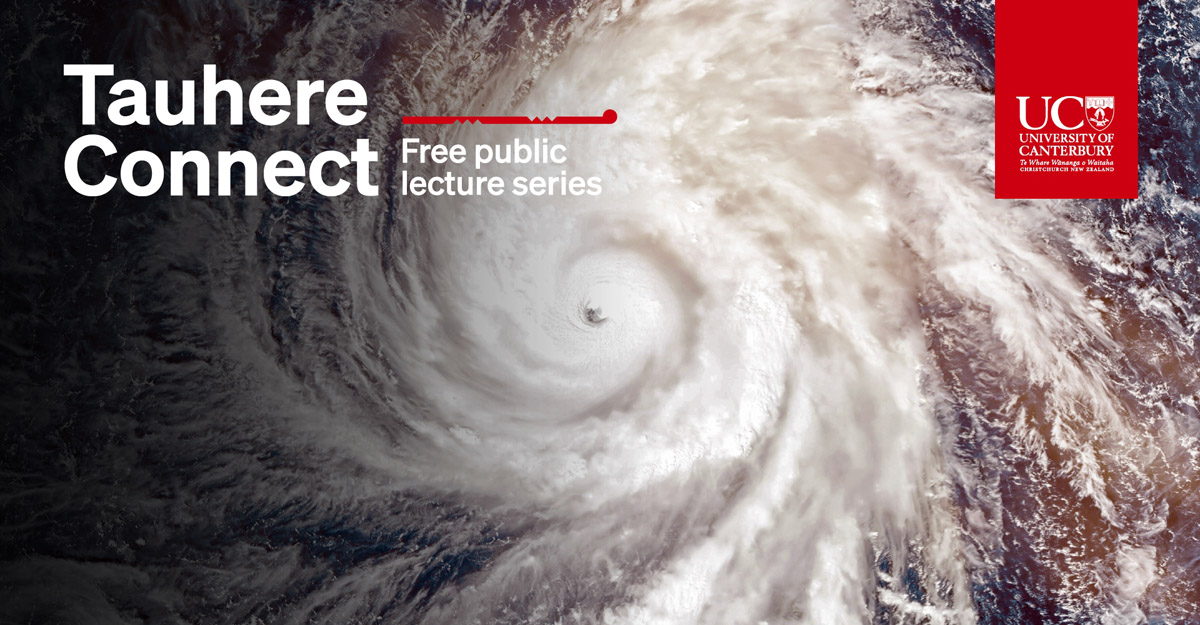Earth scientists are using geochronology to assign absolute ages to rocks.
University of Canterbury PhD candidate, Pedro Doll discusses this topic on The Conversation: read the article
Earth is constantly bombarded by cosmic rays, some of which penetrate through our atmosphere and break apart common elements such as silicon and oxygen to produce new rare elements known as 'cosmogenic nuclides'. Research into the abundance of cosmogenic nuclides reveals that factors like earthquakes, volcanoes, and climate stability play significant roles in shaping landscapes and influencing the potential for hazardous events, offering valuable information to improve projections and preparedness strategies for communities.
Disclosure statement
Pedro Doll receives funding from the Resilience to Nature national science challenge.








